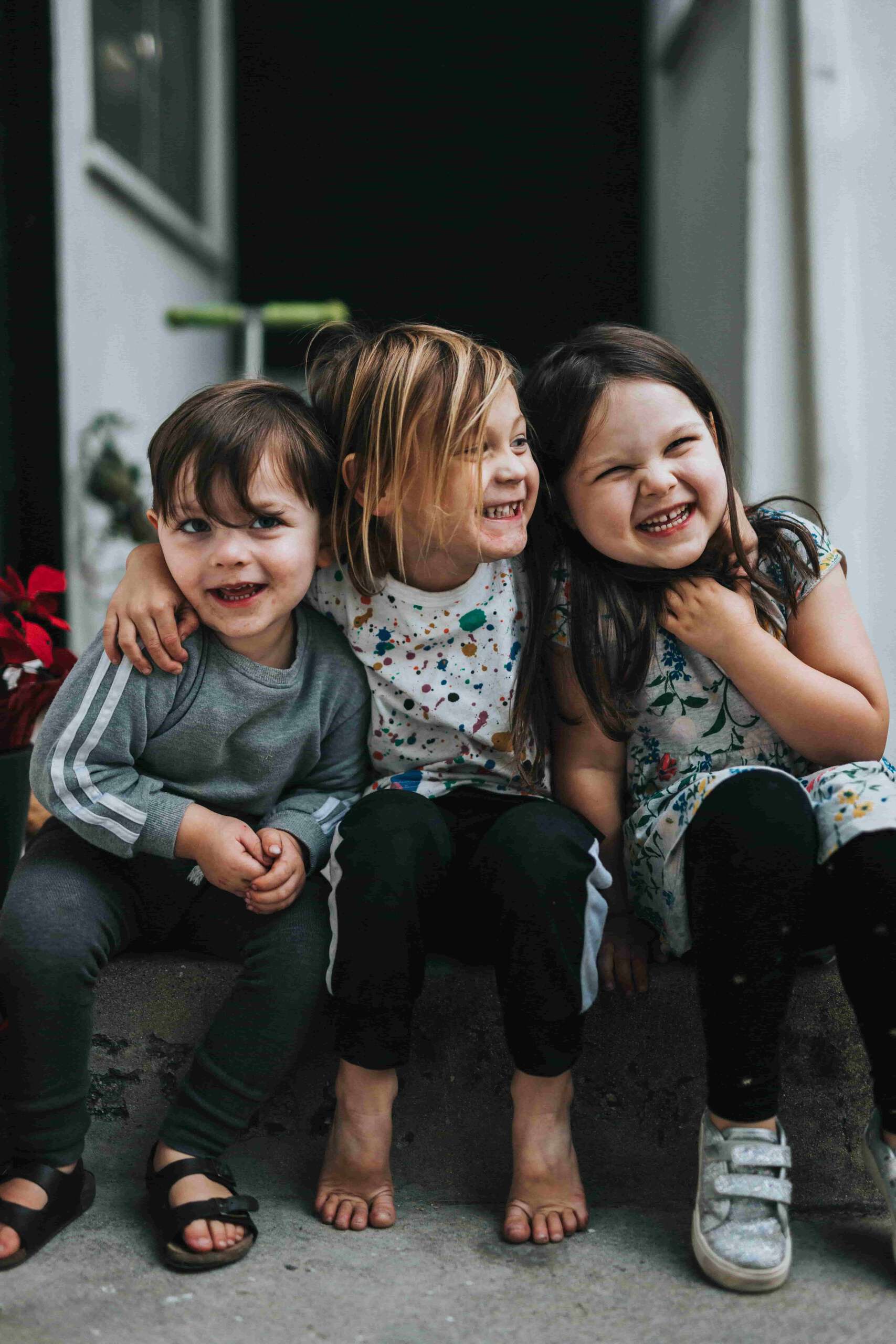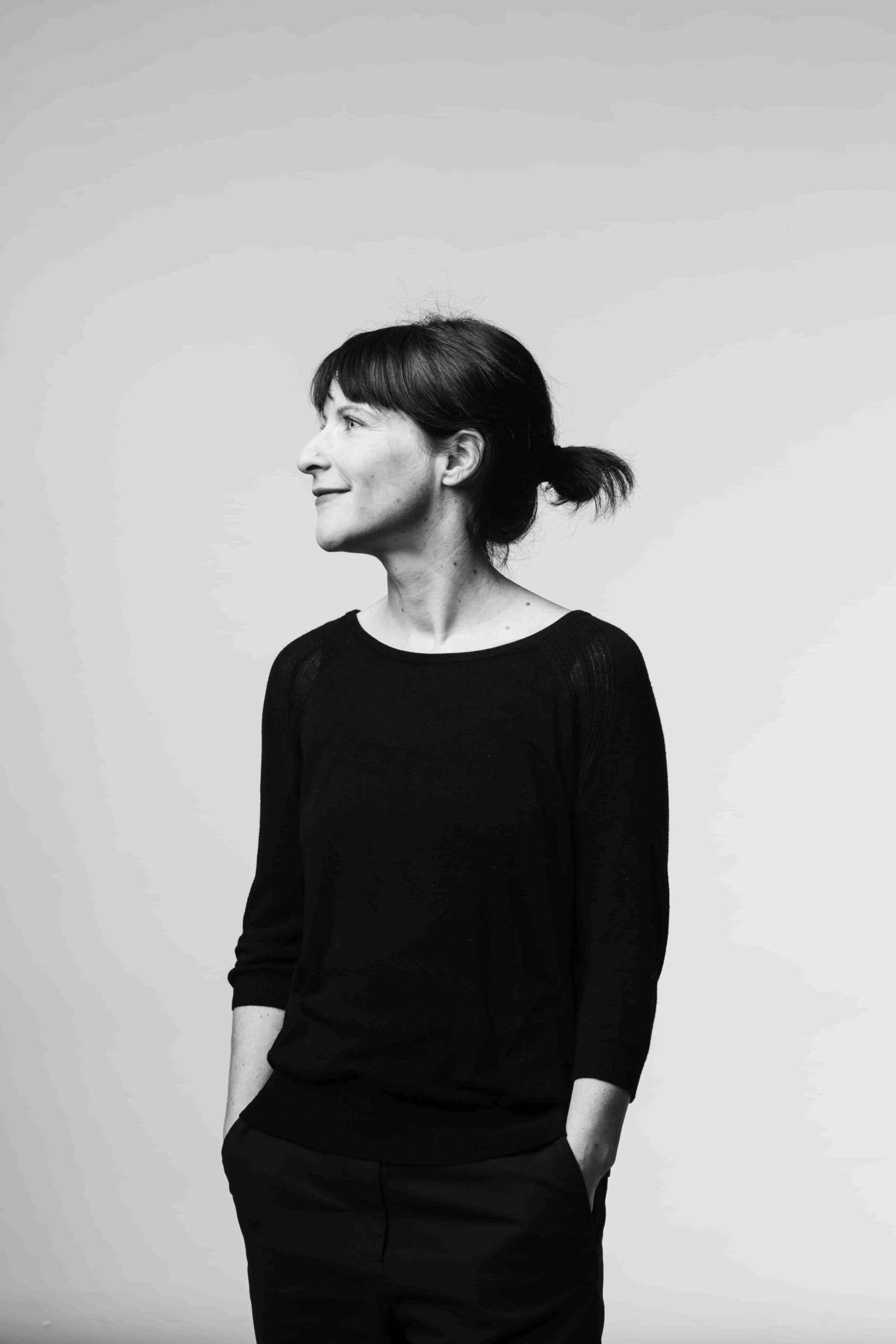The Children of the Alternating Model Generation:
Observations from Berlin-Kreuzberg
In Berlin, there are significantly more children in so-called single-parent families than in any other federal state in Germany. After their parents separate, many of these children then live with their suitcases in hand, commuting between their parents' two worlds. What does this mean for their psychology in the long term? And is it possible to move away from a deficit-oriented view of children with separated parents?
My child is four years old. When he asks another child on the playground where his home is, the other child points out "There." Ah yes, my child nods understandingly, "and where is the other one?" Perhaps the matter-of-factness with which my child assumed a few years ago that children live in two households is nothing out of the ordinary here in the Kreuzberg district of Berlin. After all, four of my son's six daycare friends had separated parents and things didn't look much differently in our circle of friends. Of course, it's a little different when you look at the figures for Germany as a whole, where only 20 percent of the total of about 8 million children live with single parents. Berlin is the nationwide leader when it comes to single parents. Here, almost every third child lives in so-called single-parent families.
In some cases, they live with only one parent but they often switch according to elaborate schedules that are tailored to the reality of their parents' lives. And even though terms like alternating model, residence model or 5-2 model are perhaps more frequently negotiated among parents here in Kreuzberg compared to other places in Germany, here too most of the separated parents actually want a stable home for their children. They wonder, and not without concern, what it does to their child to constantly have a suitcase in their hands so to speak. Missing the child when he or she is with the other parent is a constant companion for these parents, as is the feeling of being overwhelmed when they then care for the child alone in their own time.
But as is so often the case, something new is developing here in Kreuzberg and also in Neukölln. In the sense of emancipation and differentiation from the pathologizing and deficit-oriented view of single parents, a kind of new self-image of separated parents seems to be emerging. It’s certainly well worth taking a closer look at all this.
Certainly, the inner dynamics of families and particularly children in alternation models cannot be generalized. Every family and every system has its own kind of melody or mood to which the family life and changes in the family play out. And for self-confident and stable children, the quality of the relationships in which the child is interwoven in their daily life remains of central importance. Values such as affection, reliability, kindness and opportunities for development and inner freedom are important there.
What is exciting, however, is the question of how the structural conditions that come with living in single-parent families affect the psychology and thus the development of this young generation. How do these children experience their split family? How do they perceive their sense of home and belonging? How do they go about forming relationships and how do they learn to master key psychological tasks such as establishing intimacy and the ability to detach?
A family of two parents and one or more children, when everything is going well, forms the space for the relationships that the individuals have with each other but also, beyond that, a family space in which everyone moves. Psychodynamically speaking, this shared space is also the part that makes triangulation possible, a relevant variable for a child's healthy development. Because children seek closeness to their parents, they seek the chance of letting themselves fall into this sense of intimacy, into symbiosis and into complete absorption with their mother or father. They want to identify themselves completely with their parents at certain times and experience the world through their eyes. This is a process of imprinting that is enormously important for the child to feel secure and loved but it is equally as important that there are ways out and limits to this symbiotic longing. There must always be the possibility of distancing oneself from their parents and their needs and expectations in order to not feel taken over and emotionally overwhelmed and ultimately also to become independent adults themselves.
In stable families, it is usually the second parent who assumes this position of "protective third party." He or she, in a way, protects the child's relationship with the other parent, because if there exists an outside, then there is less danger of merging and the children are challenged to detach and develop. Conflicts with the close person also become possible because there might be a third person to go to.
In psychodynamic terms, this applies to various developmental phases both for the development of our sense of autonomy and for the development of our own desires. Even later, as an adult, taking the third position can be a way out, a relief. There is a certain kind of game going on within the triangle - an oscillation between completely letting in, one's own demarcation wishes and the endurance of open-mindedness. All these experiences are bearable and integrable within the triangle. They serve healthy detachment and progression but also the experience of security within it and the possibility of letting oneself fall completely into forms of regression at times.
But what happens when this kind of family system ends up breaking down? Does the child then have to switch between two worlds, sometimes merging with the reality in one parental home, while at other instances finding himself or herself shaped by the moods and emotional experience in the other?
From a pathological-pessimistic perspective, it would be possible to say that egomaniacal children grow up here, falling from one symbiotic situation into the other. Symbiotically spoiled, they do not learn how to be part of something or how to endure being excluded and limited. But they are also incapable of long-term intimacy because their only chance to regulate the symbiosis is during this time of rupture.
Also, the rigidity of this rupture is certainly difficult to imagine for most of us who did not grow up this way. The abrupt shift between two worlds, two places, two smells, between two forms of love. Can such a rupture actually be coped with psychologically without a psychological split, a psychological reflection of external reality? Many of the children do evince these forms of inner rupture. For example, they separate their places of residence very carefully and many also do not want any telephone calls with the parent who happens to be absent. Some children become extremely loyal, careful to "divide" themselves fairly between both parents. Some also lose access to their immediate needs, while others end up withdrawing into protective and reliable fantasy worlds.

I have been observing the children of separated parents in our neighborhood for quite some time now and I am concerned to some extent, or rather, I do not want to question that such a feat of integrating two worlds leaves behind traces that are painful and mentally edgy and which must be regulated at times by rigid coping strategies.
But I have also observed with interest quite a different set of dynamics at work. I cannot say whether this is the case everywhere but there also seems to be creative solutions for children who are emotionally well cared for and who are also being raised by parents who are sufficiently psychologically stable in order to establish and set up such a third position, an outside that is capable of stabilizing.
Single-parent families are beginning to expand their emotional radius beyond the nuclear family. Significantly more than most nuclear families do, they relate to their social environment. Patchwork families emerge, stretching out like nets across different families. Friendships become closer and are experienced through the lens of family. Relating to others seems to be more direct, forms part of vacation and weekend planning and is also part of the family’s self-image. Single parents make a virtue out of a necessity, they entrust their children with a high degree of autonomy early on and they network with other parents. They also have to fight for their limits. This is and remains an important point, not least when it comes to protecting the child. But it is possible to maintain these self-boundaries - by taking time out, by relating to other people but also with regard to hobbies, ideas and passions. Even the latter can establish the position of the third party. Ultimately, however, it is always just a matter of something third moving into the togetherness with the child, something that still has sufficient emotional relevance outside of the suction into the fusion, thus providing boundaries and security in the otherwise uninterrupted symbiosis.
Such a process is certainly challenging but the structural closeness as lived in the alternating model need not lead to profound disturbances. If the basis is there, if the basic relationship between father or mother and the child is right, then the psychology of the child seems to be able to become creative at this point and provide for both progressive and regressive needs. Then the external world can be involved and brought into the position of the third party. And in the process of all this happening, amazingly autonomous children can emerge who are socially aware at the same time. These are children who know exactly how important their friends are. I, for one, am curious about the adults of the alternating model generation.

Psychologist, Coach & Journalist
Write comment
Your email address will not be published. Comments are published only after moderation.
Comments ()